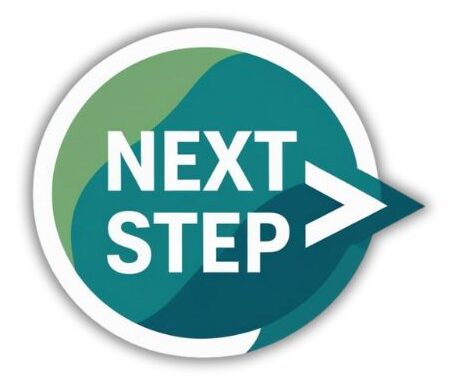.
Once your SMART goal is clearly defined and documented, the crucial next step is to begin working towards the goal and develop a system or tactics to achieve it. This involves breaking down larger goals into smaller, practical steps and consistently monitoring your progress3.
Consistently monitoring your progress is essential using the specific criteria and metrics you identified when setting your Measurable SMART goal. Tracking allows you to assess whether you are on the right path and see how close you are to hitting your target. It also helps you refine strategies and use the most successful ones in the future.
Metrics are quantifiable measures used to track progress. For example, if your goal relates to sales, relevant metrics could include the number of sales, average order value, or conversion rate. If your goal is about website traffic, metrics would include the number of visitors, where they came from, and bounce rate. For customer service, metrics could be customer satisfaction ratings or the number of complaints. Key Performance Indicators (KPIs) are specific metrics that are most crucial to track because they indicate whether you are achieving your objectives. Tracking KPIs allows you to compare projections to actuals and ensure your efforts are contributing to the overall business benefit.
Here are some business examples illustrating the criteria, metrics, and tracking:
Goal: Increase sales by an average of $8,000 per month for the next year.
Specific Criteria/Metrics: Monthly sales total in monetary value8, number of quotes over a certain value, quote-to-sales conversion rate16.
Tracking: Check sales totals monthly against the $8,000 target. Track the number of quotes generated and their success rate.
Goal: Double our social media follower count and increase engagement by 20 percent on Instagram, TikTok and Facebook by Dec. 3118.
Specific Criteria/Metrics: Follower count on each platform, engagement levels (likes, shares, comments).
Tracking: Regularly track follower counts and engagement metrics on each platform to see if they are on track for the 20% increase and doubling goal by the deadline.
Goal: Add 600 followers to your Instagram business account within 90 days17.
Specific Criteria/Metrics: Number of Instagram followers.
Tracking: Monitor follower count regularly (e.g., weekly or monthly) to see the increase over the 90-day period.
Goal: Find and sign a contract manufacturer to produce and deliver 75,000 units of Product A by the third quarter of this year.
Specific Criteria/Metrics: Number of manufacturers contacted, number of proposals received, contract signed, number of units produced/delivered.
Tracking: Track the dates of contacting manufacturers, receiving proposals, signing the contract, and production/delivery milestones to ensure the 75,000 units are on track for the third quarter deadline.
To gauge your success and monitor these metrics, you can use tools like dashboards or tracking systems. A dashboard can be arranged by month to show progress on key metrics like sales totals, quotes generated, and conversion rates. Business plan software can also assist with tracking and managing the various components of your plan, including financial data. Additionally, specific software tools exist for tracking progress on sales goals (CRM software), marketing campaigns (marketing automation tools), and website performance (analytics tools).
Consistent monitoring through these tools and metrics allows you to identify issues early, make adjustments to your tactics or strategy as needed, and maintain momentum towards achieving your SMART goals. Reviewing your KPIs monthly is a good practice.

